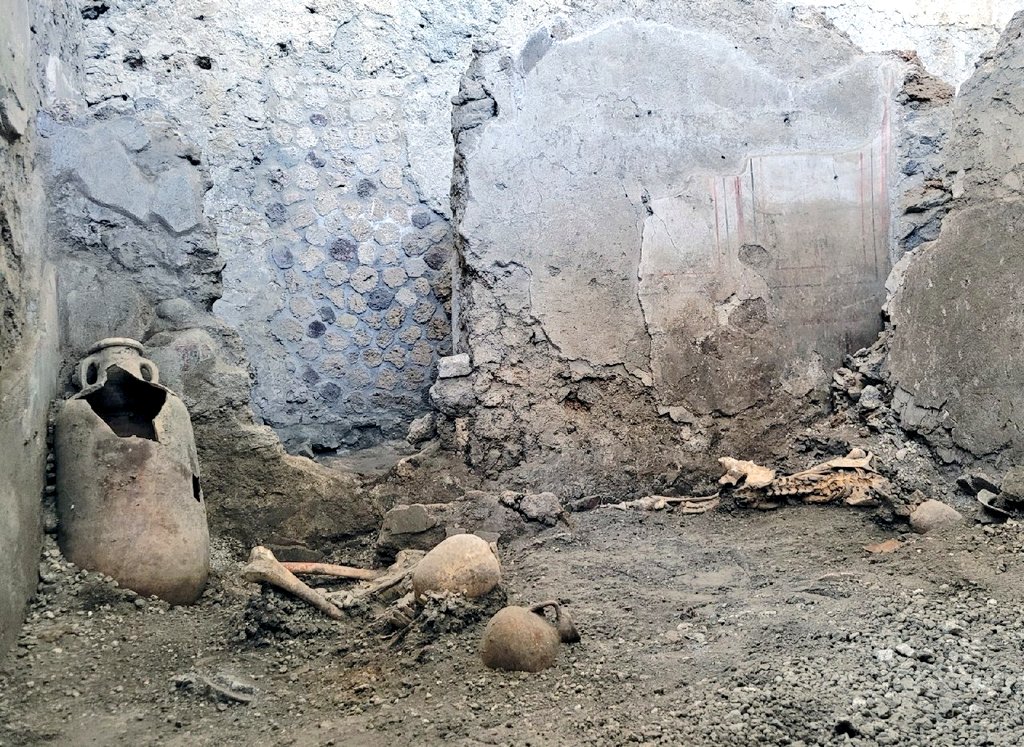Pompeii may be temporarily closed but it is possible to visit the Stabian Baths virtually. The main entrance is on the via dell’Abbondanza and passing through the foyer, where in Roman times you may have had to pay an admission fee, you enter into a large colonnaded courtyard. 

Opposite is the entrance to the women’s bath complex. On the left are a swimming pool and a room for changing and cleaning after exercise in the courtyard’s gymnasium that is decorated with a painted stucco relief. Following the portico to the right we enter the men’s baths. 



As our eyes adjust to the darkness in the vestibule we can look up at the ceiling and admire its magnificent painted stucco relief. Beyond, we see the apodyterium (changing room) and the niches where clothes were left. The plunge pool of the frigidarium (cold bath) is on the left 







Bathers often began in the tepidarium (warm bath) to the left of the changing room. From here, directly into the caldarium (hot bath), where heat from furnaces was circulated around the room by a system of pipes in the wall (flues) and a raised hypocaust system below the floor. 

• • •
Missing some Tweet in this thread? You can try to
force a refresh



































